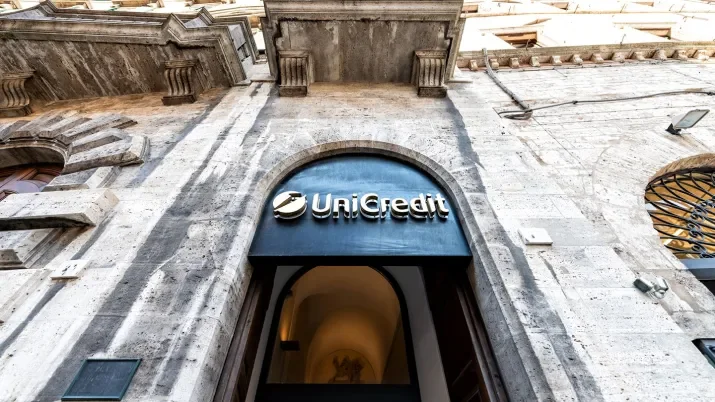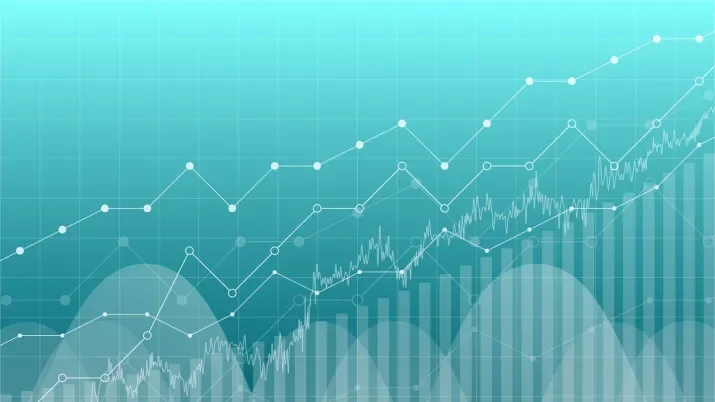Rising HY defaults more than priced in
Default rate estimations depend on how you define defaults and what index you use, but there is no doubt we are at record lows in European high yield at the moment.
For example, JP Morgan recently released their trailing 12-month euro high yield default rate of 0.42% (to the end of February), declining from December's rate of 0.9%. Meanwhile, CreditSights reported a default rate of just 0.1%. However, the credit team at Bloomberg managed to trump even CreditSights' lowly estimate, reporting a default rate to the end of February of 0% as the default of Vallourec early last year rolled off the dataset.
Of course, the estimates do not tell the whole story, and it is essential to recognise their backwards-looking nature. At the same time, Russia’s invasion of Ukraine has delivered considerable uncertainty around expectations for growth that were a few months ago very strong.
However, one thing we can be sure about is that growth will be lower and inflation higher than previously estimated. Indeed, companies that lack strong pricing power while possessing significant cost inputs from energy or other commodity expenditures will undoubtedly suffer. While most names have used a very strong 2021 to term out their maturity profiles, we expect margin compression to lead to increased leverage, which should ultimately prompt default rates to rise from these record lows.
The question, therefore, is by how much? We often like to look at the distress ratio, which calculates the percentage of the high yield index that is trading at distressed levels.
Currently, the distress ratio remains very low, with JP Morgan (defining distressed as a spread greater than 1000bp) estimating a ratio of 2.4% and Bloomberg (who define distressed as a price less than 60) estimating a distress ratio of just 1.3% to the end of February.
Given the moves that occurred at the beginning of March, we now estimate a rise in the distress ratio to 3.5%. However, even a jump to 3.5% leaves the distress ratio significantly below those witnessed when the high yield index previously traded at levels similar to today (approximately 500bp over risk-free rates).
For example, during October 2020, the index traded 10bp tighter than present levels but had a distress ratio of over 7%.
Given that not all names in distress will go into default or restructuring (the October 2020 distress ratio of 7% led to a default rate of only 3.3% in 2020 and 0.75% in 2021) estimates for FY22 default rates remain muted. JP Morgan last week revised its estimate for 2022 defaults from 0.75% to 1.5%, which is still below the long term historical average.
Ultimately, we could see default rates well over present levels, particularly given the uncertainty surrounding Ukraine. Due to our view on inflation, we have been cautious on CCC paper, and low margin commoditised businesses for a while. In fact, we believe stress will be most concentrated in such issuers, in addition to names with any direct material exposures to Russia (which is, in any case, a tiny percentage of the index).
However, there is no doubt that European high yield has entered 2022 in a position of strength; the spreads available at current levels are consistent with much higher volumes of distressed bonds and much higher default rates than we currently predict. As a result, selectively, European high yield spreads are beginning to look tempting on a medium term view.



